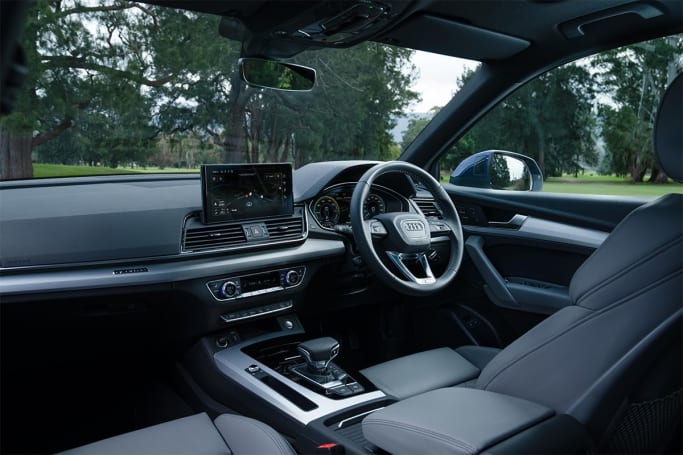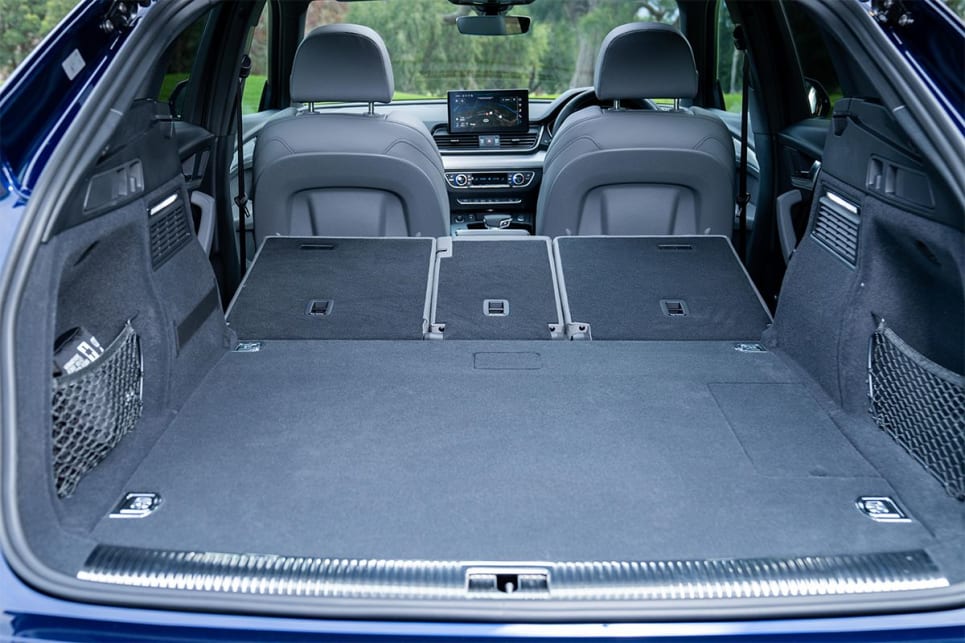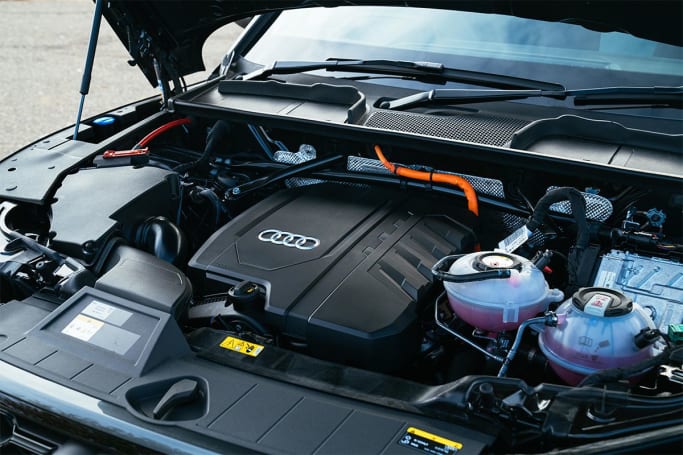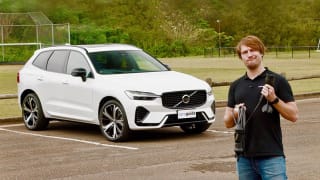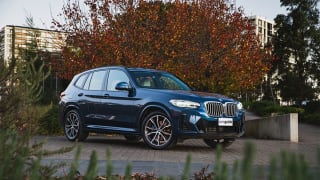Dipping its toe back in the plug-in hybrid market, Audi is keen to appeal to buyers looking to reduce their carbon footprint, but also to driving enthusiasts requiring a bit of zing with their environmental credentials.
That’s where the Q5 55 TFSI e quattro comes in. Audi Australia had the option of introducing a less performance focused Q5 PHEV grade, but opted instead for the higher output model.
Audi sees this as the SQ5 you buy when you want to save the planet. And the 0-100km/h sprint time of 5.3 seconds suggests it’s pretty close.

Pricing for the 55 TFSI e quattro starts at $102,900, before on-road costs, for the SUV body style.
Opting for the Sportback carries a $7300 premium, making the price $110,200. But you get some more gear in the Sportback over the SUV, including the S-line interior package, and Matrix LED headlights with dynamic front and rear indicators.
Other equipment standard on both grades includes a panoramic sunroof, hands-free power tailgate, ambient lighting (with 30 colours), keyless entry and start, front leather-appointed seats with heating and power adjustment, three-zone climate control, a 10.1-inch multimedia touchscreen with wireless Apple CarPlay and Android Auto, digital radio, 10-speaker audio, auto-dimming interior mirror and 20-inch Audi Sport alloy wheels.

You can opt for different 20-inch wheels or 21-inch hoops as well.
The 'Technik' option pack costs $4900 for the SUV and $4700 for the Sportback and adds a head-up display, a more premium Bang & Olufsen audio system, and high-tech head or tail-lights, depending on the body style.
All in all it’s a healthy standard features list. I’ve said it before recently, but it’s worth repeating - it’s good to see premium brands including more standard features in their models, rather than making everything an option.

That said, maybe heated rear seats (as well as the standard front seats) might have been a nice addition.
So, how does the Q5 compare with its PHEV counterparts? Its most obvious rival is the BMW X3 xDrive30e which is more expensive at $111,800.
Then there’s the Range Rover Evoque R Dynamic HSE ($104,310) and Volvo XC60 Recharge ($101,990), which line up closely with the Audi, while the Lexus NX450h+ undercuts them all ($91,423).




